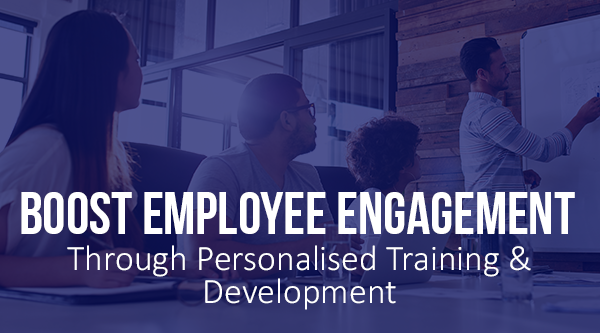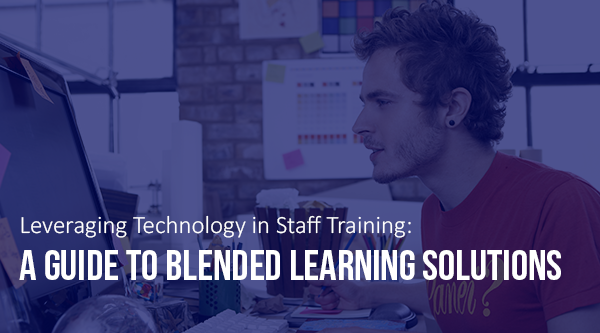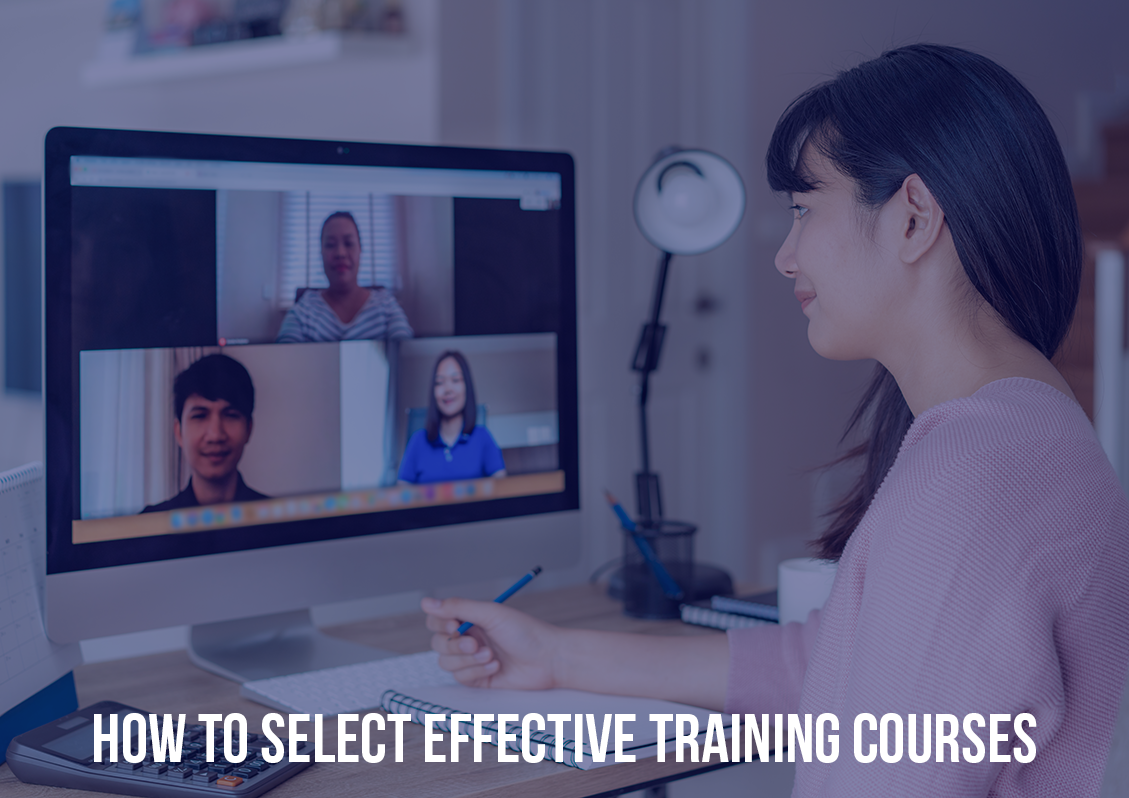How to Select Effective Training Courses
When deciding on the best training courses for you, the best thing you can do is analyse the needs of your staff and business first. Different types of training will satisfy different requirements based on the type of course, business and staff. All types of training have different restraints. You should consider how each of these restraints will affect the learning process. Classroom training may be more effective but a company may not be able to afford the extra cost or the staff time to attend long class room trainings.
Choosing the most suitable training methods for your needs will mean that the training courses you select can be delivered much more effectively within your constraints. It is important to consider the multiple different aspects that will alter the effectiveness.
What is the Purpose of the Training Programme?
The key to this is to define the objectives for the training programme. What do you want to achieve through this training programme? If you share this with your learners it will also help them understand the key competencies that they should be looking to take away from the course. You will avoid burying your employees in mountaintops of training if you have clear objectives. You can identify the exact skills you want to develop and tailor your choice of training around that.
The main idea behind setting training objectives is that they are the desired measurable outcome for learners to achieve. When deciding on selecting the training course and the delivery method it is important to keep all of these things in the front of your mind.
Options for Delivering Training
There are multiple different methods for delivering training. We have already touched on a few in the paragraphs above. Here are some examples of the options that are available for your training. Some training requires specific delivery methods so this is not an all-encompassing list.
-
Classroom Training
One of the oldest and highly valuable methods of delivering training. Training in the classroom should be led by a qualified trainer. Depending on your needs it can take place either on-site or in an off-site location. You can train large amounts of employees very effectively at the same time. Common methods used in classroom training involve adding an interactive element such as a case study into the mix and involving the learners so they can use and retain the knowledge more effectively.
The downside to classroom training is the overall cost. This includes the cost of the trainer, course, travel, venue costs and the time cost of having multiple employees training in a classroom setting at the same time.
-
Online Training
Webinars or online learning sessions have taken off and skyrocketed recently with the amount of employees working in a remote or hybrid setting now. Online training sessions can incorporate live sessions and recorded training sessions. Similar to classroom training these should be led by a qualified trainer. There are tools where learners can raise their hand for permission to speak or drop their questions into a chat box for the instructor to answer.
The drawbacks of online training are that everyone must have a good connection. Also, some participants may lose focus during the session. However, that can be argued that it could be down to the instructor or that the learner could be the same in a classroom setting.
-
Case Studies
You can coach your learners to develop critical thinking and problem-solving skills. Case studies can be fabricated or real, however, real case studies tend to be more engaging as you can see the impact on an actual company. Learners can study case studies in an attempt to solve the issues either individually or in groups. Case studies can be tailored to have certain constraints that will develop analytical skills and decision-making.
Case studies allow learners the ability to learn and make decisions at their own pace. If using a real-life case study, you can compare your solution to the real-life example. This can be used as a benchmark for decision-making.
Selecting an Effective Training Course
As you can see it is not as straightforward to select a training course as you can see. Several factors will impact your decision when selecting a training course and you will have to weigh up several options from the learning objectives, the cost, the learners and even the best method for delivering the course. All of these will impact course effectiveness and learning outcomes. Therefore, it is crucial that you consider all of these options carefully before you decide on the right training course. Otherwise, a training course will not be as effective as desired. Resulting in wasting both time and money. Make sure you make smart choices in order to have effective training courses.
More from our blog
-
 Reading time: 2 MinutesMay 28, 2025
Reading time: 2 MinutesMay 28, 2025 -
 Reading time: 2 MinutesMay 8, 2025
Reading time: 2 MinutesMay 8, 2025 -
 Reading time: 3 MinutesApril 22, 2025
Reading time: 3 MinutesApril 22, 2025 -
 Reading time: 2 MinutesApril 15, 2025
Reading time: 2 MinutesApril 15, 2025 -
 Reading time: 2 MinutesMarch 24, 2025
Reading time: 2 MinutesMarch 24, 2025 -
 Reading time: 2 MinutesMarch 10, 2025
Reading time: 2 MinutesMarch 10, 2025


